The entourage effect, i.e. the mutual complementation of compounds contained in hemp, is a frequently used argument for the use of full spectrum preparations. The benefits of this synergy are well described, the author of this concept is Raphael Mechoulam himself. It is also worth paying attention to the specific combination of CBD, CBG and THC cannabinoids, which is the subject of a growing number of studies. Selected ones are described below.
What is CBG?
CBG (cannabigerol) is one of the hemp cannabinoids, just like CBD and THC, it is produced by plants from the Cannabis family and has the ability to bind to the receptors of the endocannabinoid system in the human body (and other mammals). Even though it was isolated in 1964, broader research on its properties began only a few years ago.
CBG – “mother of cannabinoids”
CBG in its acid form, or CBGA, is the precursor to most cannabinoids. As the cannabis plant grows, CBGA branches into three main cannabinoids: CBDA, or cannabidiolic acid, CBCA, or cannabichromenic acid, and THCA, or tetrahydrocannabinolic acid.
Under the influence of temperature, the acidic forms of cannabinoids are transformed into better known forms and this form activates the CB1 and CB2 receptors in our body. That is why CBG is sometimes called the "mother of cannabinoids".
CBG itself is also a "full cannabinoid" that has specific properties: it has analgesic and anti-inflammatory properties, balances hormonal balance, and regulates appetite.
CBD, CBG, THC – the benefits of the combination
Research shows that when CBD is combined with THC , CBG and other cannabinoids, it can provide more therapeutic benefits. This relationship is called the "entourage effect". This concept was presented by Professor Raphael Mechoulam. The researcher found that cannabinoids work best when administered together, then they complement each other and bring out the best in each other.
CBG can, for example, eliminate the side effects of the psychoactive effect of THC, while enhancing its positive properties , e.g. antiemetic, anticonvulsant, anti-inflammatory and analgesic effects.
CBD, CBG and THC – how do they affect the body when administered together? Selected scientific research.
The combination of CBD and CBG deserves special attention Let's take a look at the scientific research that has focused on the possible uses of these cannabinoids in various situations.
- According to the authors of an article published in 2023, there is an unmet need for painkillers that effectively relieve pain after a fracture. This demand, due to their mechanism of action and side effects, is not met by non-steroidal anti-inflammatory drugs (they hinder healing - they inhibit the "needed" inflammation) and opioids (they are highly addictive).
Researchers examined the analgesic effectiveness of two cannabinoids, CBD and CBG, in a mouse model of tibial fracture. Both CBD and CBG normalized pain sensitivity to all tested stimuli, and their analgesic effect was comparable to that of NSAIDs. At the same time, CBD and CBG promoted bone healing in all healing phases. Data collected in the study suggest that CBD and CBG are therapeutic agents that can replace NSAIDs in the treatment of post-traumatic pain .
- Scientists have shown that higher concentrations of CBD and CGB in dried medical hemp may increase the effectiveness and tolerance of THC in patients who respond less well to treatment with preparations containing the psychoactive cannabinoid.
- According to research results, CBD and CBG have the ability to prevent the abnormal cell growth and multiplication that occurs in cancer. Although more research is needed, the results of existing research are promising.
- Other studies have shown that both CBD and CBG have antispasmodic properties, which means they can help alleviate or eliminate epileptic seizures.
- ability to relieve pain is well known, as are its many side effects, including: somnolence. One study analyzed the ability of THC, CBD and CBG, used individually and in combination, to block pain responses. Cannabinoids were tested on sensory neurons grown in the laboratory (tissue cultures) that respond to pain stimuli, such as the compound responsible for the spiciness of chili peppers - capsaicin.
It was shown that THC, CBG and CBD used individually were able to block capsaicin responses in sensory neurons, but THC, CBD and CBG combined in a 1:1:1 ratio were more effective. This combination also increased the effectiveness of THC at a lower dose, which may make it possible to reduce the concentration of the psychoactive cannabinoid in the medicinal herb. The results of this study pave the way for clinical trials to develop more effective cannabis-based painkillers .
We encourage you to read the article in which we describe new research results on the mechanism of action of CBD in inflammation .

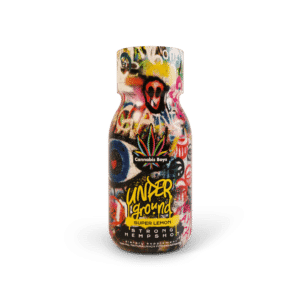
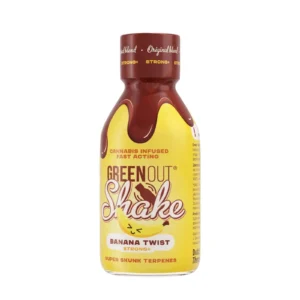


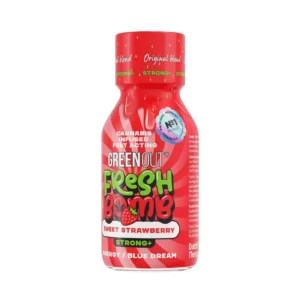
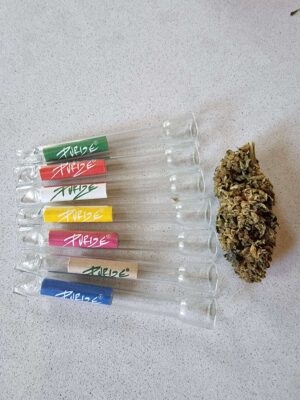

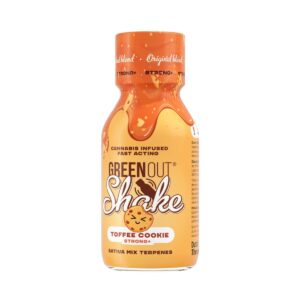
[…] the answer to this question is complex and depends on the concentration of individual cannabinoids in the dried hemp and the amount of dried hemp smoked. This concerns both the amount smoked at one time and [...]
[...] see the therapeutic potential of CBD and other hemp cannabinoids in the treatment of post-traumatic stress, but indicate the need to conduct more [...]
[…] the spectrum of hemp cannabinoids can alleviate sleep apnea and thus positively affect a person's well-being in […]
[…] research on the use of hemp cannabinoids in people diagnosed with […]
[…] several ways of taking the CBD cannabinoid, all to meet the individual needs of each user. Each of these methods […]
[…] the benefits are somewhat indescribable. Here's what we know so far about the similarities and differences between CBG and CBD. CBG vs […]
[…] by influencing the ECS system by taking CBD or other hemp cannabinoids, we are able to influence other processes, e.g. inhibit the development […]
[...] found that hemp cannabinoids can be a good support for psychotherapy in the treatment of patients with anorexia, including: help them gain […]
[…] remedies for various ailments, and many people swear by its effectiveness. But does CBD oil work immediately? The short answer is: it [...]
[…] CBD and CBG are cannabinoids, compounds found in cannabis plants. Both CBD and CBG affect the body's endocannabinoid system, which helps regulate a variety of functions, including: […]
[…] Marijuana is a plant that arouses a lot of discussion and often extreme opinions and emotions. In Poland, since 2017, medical marijuana has been completely legal as a prescription drug. Numerous scientific studies have proven that hemp can be widely used in medicine due to its numerous medicinal and therapeutic properties. Its therapeutic effects are influenced primarily by two main active ingredients from the cannabinoid group - THC and CBD. […]
[…] research confirms the possibility of using hemp cannabinoids in the treatment of pain. Scientific reports cover many types of pain: headache, […]
[…] agree that the current research results encourage further analysis of the effectiveness of CBD and other hemp cannabinoids in the treatment of endometriosis. Clinical trials involving patients are currently taking place in several [...]
[…] CBD is a cannabinoid, a chemical compound found in the hemp plant. Research has been conducted for years on its effects on humans and the potential use of the substance in the treatment of diseases and ailments. […]
[...] around the world have been researching the possibility of using hemp cannabinoids in the treatment of many different mental health problems for several years. Research shows that CBD and THC, […]
[…] CBD, or cannabidiol, is a chemical compound from the cannabinoid family. It is present in hemp and is one of the main ingredients of hemp oil. Hemp oil with CBD has many valuable medicinal properties, which is why it is becoming more and more popular. What are its properties and how to use CBD hemp oil? […]
[…] the scientific knowledge we currently have suggests, among other things, that CBG is active at the level of many other receptors than the other studied cannabinoids. Early research shows that CBG may have therapeutic potential in treating and […]
[…] studies have shown that Sativex (a cannabinoid drug containing a combination of THC and CBD) when taken in combination with other antiemetic therapies, for some […]
[...] eyes, but it does not eliminate it. Red eyes may also appear with other forms of administration of hemp cannabinoids: after edible products containing THC, after taking oil and after […]
[…] Therefore, it can be assumed that these people did not follow any regimen of using hemp cannabinoids, smoked unspecified amounts every day […]
[…] Polish patients will also gain the opportunity to self-support with edible hemp cannabinoids, and this will happen sooner rather than […]
[…] and acneResearch has shown that CBD may be one of the main cannabinoids helpful in the fight against acne. It turns out that CBD can help reduce sebum production - one of […]